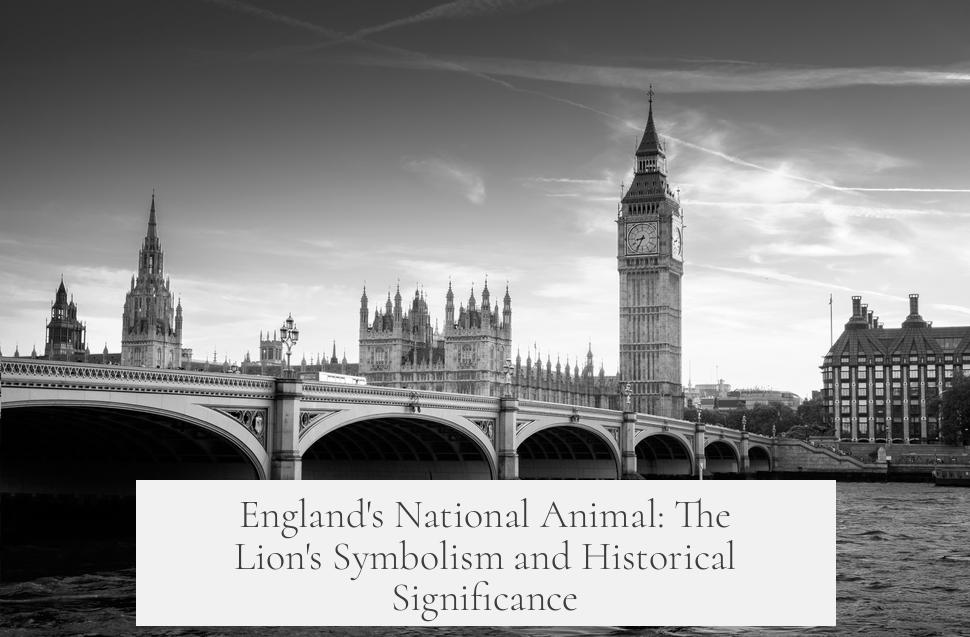England’s national animal is the lion despite lions not being native to the area because the lion has deep historical, symbolic, and cultural connections to English royalty and identity. The association traces back to the medieval period, specifically to the reign of Richard I, also known as Richard the Lionheart. He famously incorporated three golden lions into his royal coat of arms, a tradition that grew from earlier use by the Plantagenet family. This heraldic symbol came to represent not just the monarch but England itself.
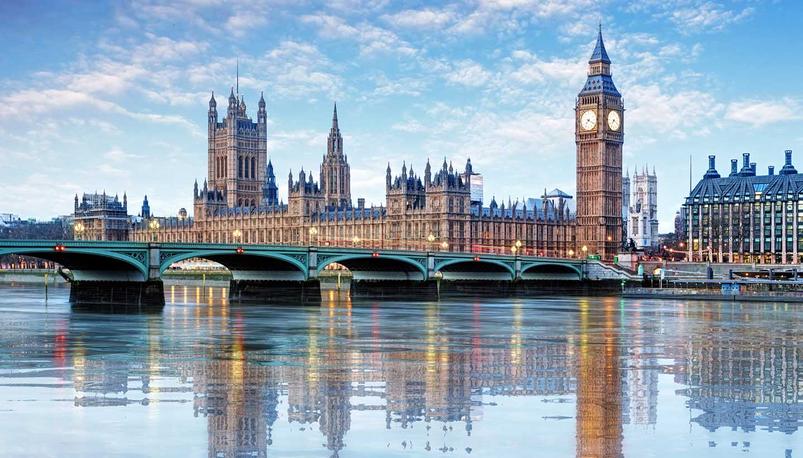
Lions symbolize qualities like bravery, courage, and strength. These traits were highly valued in medieval knighthood and governance. The lion’s image in heraldry communicated power and noble virtues, which English monarchs aimed to embody and project. This symbolism helped cement the lion as a fitting emblem for the nation.
Although lions went extinct in Europe around 100 BC, they remained well known through various channels. Greeks and Romans were familiar with lions via mythology, literature, and Roman games that featured exotic animals. For instance, Greek myths depict heroes wearing lion pelts, and classical authors like Herodotus and Aristotle wrote about lions.
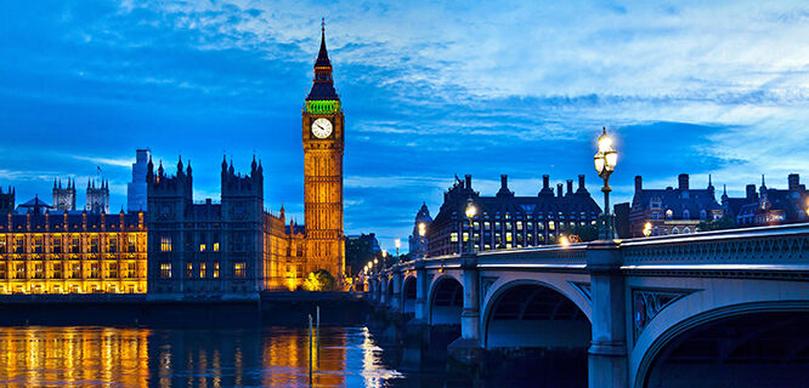
Moreover, lions featured prominently in biblical stories and early Christian martyr narratives, broadening their cultural significance throughout medieval Europe. Royal courts frequently kept exotic animals, including lions, allowing kings and queens to see them firsthand or through vivid descriptions. This familiarity kept the lion an active symbol in European and English consciousness despite its absence in local fauna.
| Factor | Explanation |
|---|---|
| Historical use | Royal coat of arms since Richard I, Plantagenet origins |
| Symbolism | Represents bravery, courage, nobility |
| Cultural familiarity | Known from Greco-Roman myths and biblical stories |
| Royal courts | Presence of captive lions in medieval courts |
To summarize:

- The lion became a royal emblem under Richard I and the Plantagenets.
- It symbolizes key virtues admired in medieval England.
- Lions were familiar through mythology and religious stories.
- Kings and queens often had access to live lions, reinforcing their symbolic importance.
Why Is England’s National Animal the Lion Even Though Lions Are Not Native to the Area?
England’s national animal is the lion because of its longstanding connection to English royalty and symbolism, dating all the way back to the medieval era—especially to Richard the Lionheart and the Plantagenet dynasty. But why this fierce feline, when lions don’t roam England’s hills and dales? Let’s unpack the story.
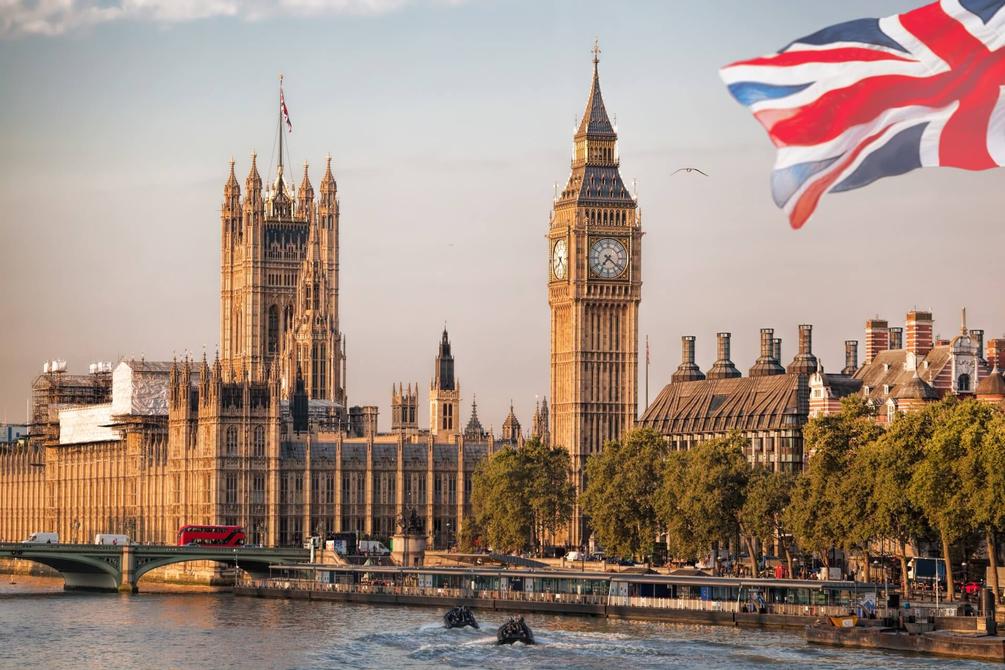
It might seem odd at first glance. Lions live in Africa and some parts of Asia, not the British Isles. So, why would England, a place better known for sheep and foxes, adopt a creature that doesn’t set paw on its soil? The answer lies in history, symbolism, and a bit of medieval showmanship.
The Royal Roots of the Lion’s Symbolism
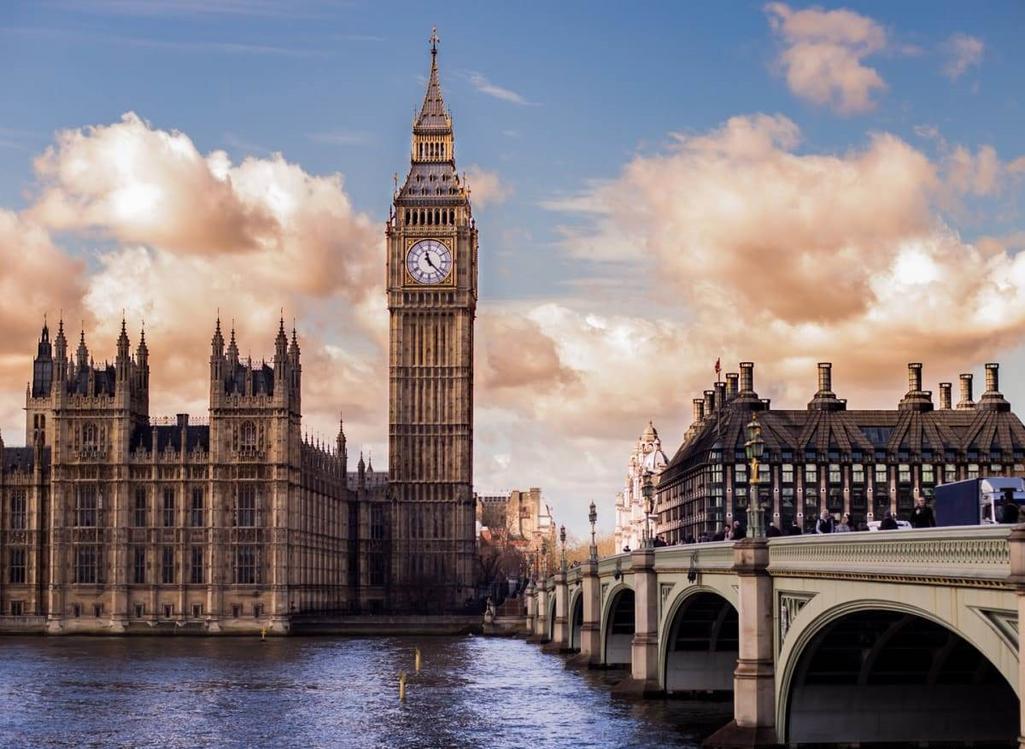
Walk back to the 12th century, and you find Geoffrey Duke of Anjou, a French noble with a fondness for heraldic lions. His son, King Henry II of England, likely brought the lion symbol into English coats of arms. But it’s really Richard I, nicknamed “Richard the Lionheart,” who carved the lions into the annals of English identity.
Richard I embraced three golden lions on his shield. These lions became the iconic emblem of the English monarchy, worn with pride and used as official seals. Over time, the symbol shifted from representing just the monarch to symbolizing England itself.

Imagine medieval England without these lions. The royal banners would lack their fierce, regal presence. The lion’s image told a story of power and bravery. Even common folk would recognize these cats—not just as animals, but as England’s emblem of strength and courage.
Why the Lion? The Symbolism Behind the Choice
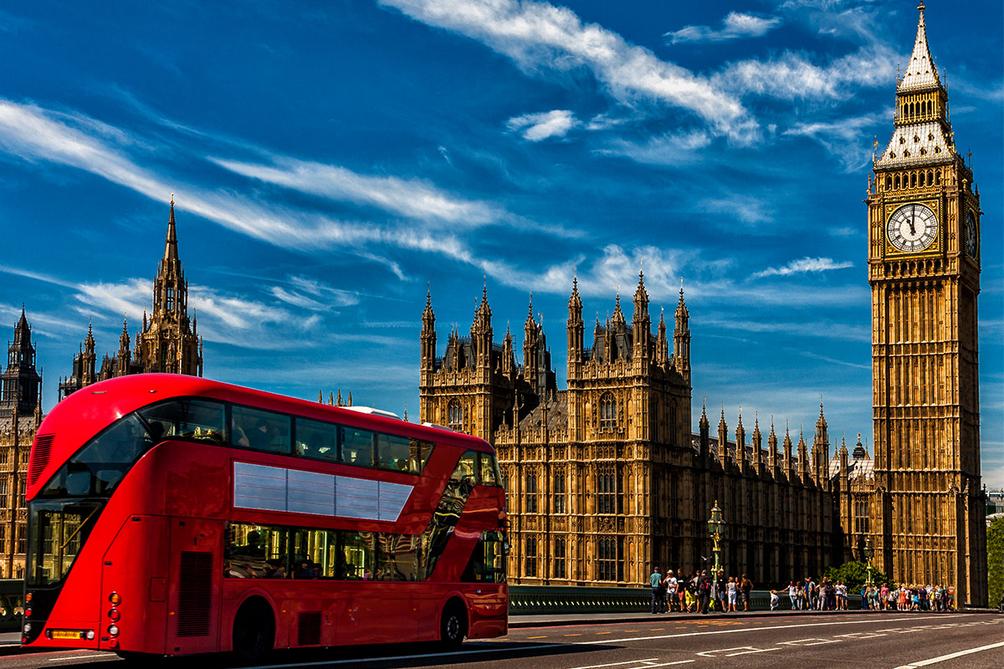
Medieval heraldry wasn’t random doodling. Every animal, color, and design carried a meaning. The lion was a superstar in this arena. It symbolized bravery, courage, and nobility; qualities high on the list for knights and kings.
Knights aspired to embody these virtues, and the lion’s reputation as “king of beasts” fit perfectly with royal ambition. By attaching lions to their coat of arms, English monarchs sent a powerful message to their subjects and rivals: “We are fearless leaders, worthy rulers.”
In an era when strength on the battlefield and in governance mattered most, aligning the kingdom’s identity with the lion was a strategic choice.
But What About Lions in England? Were They Ever Here?
Here’s a juicy fact for history buffs: Europe actually had lions once upon a time. European lions, a now-extinct subspecies, roamed the continent—but they vanished around 100 BC. That’s more than a thousand years before the Plantagenets started using lion heraldry.
The legacy of lions lived on, though, in literature, mythology, and cultural memory. Ancient Greeks and Romans were familiar with lions—after all, Hercules famously donned a lion’s pelt. Greek historians like Herodotus mentioned lions troubling Persian armies, and Aristotle wrote about them.
The Romans brought lions from remote lands for gladiatorial games, so lions were part of public spectacle and storytelling long before Richard I’s reign.
The Biblical Connection and Exotic Appeal
Beyond classical culture, lions had a starring role in religious texts and stories. The Bible talks about lions in various passages, often symbolizing strength and divine protection. Early Christian martyrdom stories, some outside the Bible, also featured lions. These tales were widely known and shared through medieval Europe.
So, even if England’s weather is no match for the African savannah, the lion roared loudly in the cultural imagination. Monarchs didn’t pick the lion because they saw them on nature walks; they chose it because of its symbolic weight and presence in shared stories.
Captive Lions: A Royal Status Symbol
Medieval royal courts often boasted exotic animals. Yes, that included lions. Kings and queens kept them as living trophies of power and reach. Some English queens and kings had lions in their menageries.
Imagine the spectacle of a lion lurking behind the castle walls, a reminder that the crown’s influence stretched far beyond England’s green fields. This tangible experience with the animal reinforced its place as a royal emblem.
Lessons from England’s Lion Symbolism Today
The lion’s legacy as England’s national animal shows how symbols can transcend geography. It’s not about native wildlife but about what the animal represents. Bravery, resilience, and leadership are concepts lions embody universally.
If you’re building your personal brand or a company icon, England’s lion teaches us that meaning beats local relevance. Sometimes, a symbol’s power rests in its story and values, not just its origin.
Also, England’s lion reminds us how culture evolves. A creature extinct on the continent but alive in books, art, and legend can still shape identity for centuries.
Curious About More National Animals and Their Stories?
- Why is India’s national animal the Bengal tiger and not an elephant?
- What’s the story behind Scotland’s unicorn as a national symbol?
- How did the bald eagle earn its place as the US emblem?
Exploring these tales can reveal fascinating insights about national pride and historical storytelling.
Wrapping It Up
England’s lion is more than a wildcat—it’s a symbol forged in history, heraldry, and stories passed across centuries. Even if lions don’t prowl the English countryside, their legacy does—on flags, coins, and in hearts.
So next time you see three golden lions blazing on a football jersey or a royal crest, you’ll know why this majestic beast earns a place as England’s national animal despite never having lived there.
Want to make your mark like the lion? Embrace the power of symbols. Sometimes, it’s not where they come from, but what they mean that matters most.
Why did England choose the lion as its national animal despite no native lions?
The lion became a symbol through royal heraldry starting with King Richard I. It represented the monarchy and later England itself, regardless of lions not living locally.
How did lions come to symbolize bravery in England’s heraldry?
Medieval heraldry used lions to express courage and bravery, traits highly valued in knights and rulers. This made the lion a fitting symbol for power.
Were lions known to people in medieval England?
Yes, although lions were extinct in Europe, people knew about them from ancient Greek texts, Roman games, and the Bible. Kings sometimes had lions in royal menageries.
What is the historical origin of the three lions on England’s coat of arms?
The three lions trace back to Richard I, who used them on his seal and coat of arms. They originally represented the monarch and later became a national emblem.

